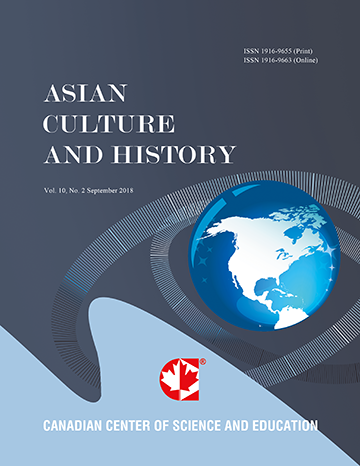The Artistic Approach of Mandanipour on Farsi Language Applied in Shargh-e Banafshe Book
- Somayeh Sadeghian
- Mohsen Fesharaki
Abstract
The formalist linguists are of the opinion that the literary language is formed by polishing and foregrounding the practiced slang. Many of this literary tricks used in foregrounding are categorized; but there exist some literary tricks that have not been dealt with and are not named or addressed in the available categories. The attempt is made in this study to find an answer to the questions that why has Mandanipour in his masterpiece, “Shargh-e Banafshe” achieved a superior language that is outstanding among his colleagues of the same era and has become a model in advanced language for the writers to come based on adopting defamiliarization theory in the Leech foregrounding format? Assessing the language of this unique work indicates that in addition to introducing an innovation in the usual styles in contemporary writing and the themes he has allowed assimilation and metaphor and other obsolete styles in his language; and yet has used special literary tricks that have never been tried or tested before. This approach has pat language in story writing to a high position.
- Full Text:
 PDF
PDF
- DOI:10.5539/ach.v5n1p60
Journal Metrics
Google-based Impact Factor (2017): 5.42
h-index (January 2018): 11
i10-index (January 2018): 21
h5-index (January 2018): 6
h5-median (January 2018): 9
Index
- Academic Journals Database
- CNKI Scholar
- COPAC
- EconPapers
- Elektronische Zeitschriftenbibliothek (EZB)
- Excellence in Research for Australia (ERA)
- Genamics JournalSeek
- Google Scholar
- Infotrieve
- LOCKSS
- MIAR
- NewJour
- Open J-Gate
- PKP Open Archives Harvester
- Publons
- RePEc
- Scilit
- SHERPA/RoMEO
- Standard Periodical Directory
- Technische Informationsbibliothek (TIB)
- The Keepers Registry
- Universe Digital Library
- WorldCat
Contact
- Ivan YongEditorial Assistant
- ach@ccsenet.org
